Twelve presentations on the life history, population ecology, and ecosystem Influences of wolves and moose on Isle Royale. The contributions Isle Royale has made to these areas in ecology are also presented in a very broad context with a focus on the big picture. For this reason, these presentations will be of interest to those wanting to learn about Isle Royale wolves and moose, but also to any student of ecology.
NOTICE: If you have problems viewing the videos with Firefox, try a different browser (e.g., Safari or Chrome or Explorer).
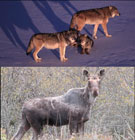
What is the life of a wolf or moose like, from their perspective? How do moose live throughout the course of each season? What are the primary needs and concerns of a wolf?
>Listen to the presentation.
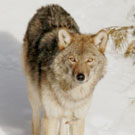
An accessible, but slightly more technical, account of the ecology and life history of wolves - patterns of mortality and reproduction, social lives, dietary habits, and more.
>Listen to the presentation.
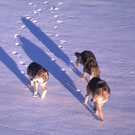
A wrap-up of the previous presentation.
>Listen to the presentation.
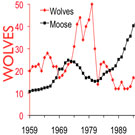
Ecological knowledge depends on carefully collected data and observations. Learn about the field methods used to study the wolves and moose of Isle Royale - moose necropsies, observing wolves from light aircraft, estimating moose abundance, and more.
>Listen to the presentation.

How and why do populations of wolves and moose fluctuate over time? The most important events in the history of wolves and moose on Isle Royale have been entirely unpredicted - introduced diseases, severe winters, outbreaks of parasitic ticks, genetic rescues fromimmigrant wolves. These fluctuations and their causes lead to someimportant insights aboutnature in general.
>Listen to the presentation.

Islands are special places, and some ecological insights can only be had by understanding the biogeography of a place. Learn how island biogeography has been so important for understanding wolves and moose on Isle Royale.
>Listen to the presentation.
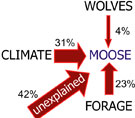
Previously, we developed insights arising from the chronology of wolves and moose, considered as a historical narrative. Now we’ll use statistical analysis to explore the same data in an effort to understand, for example, whether moose population dynamics are more influenced by wolves, weather, or their food supply.
>Listen to the presentation.
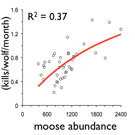
Learn about how much of our knowledge about predation is rooted in ecological theory and concepts like kill rate, predation rate, functional response, numerical response, and more. Learn what the wolves and moose of Isle Royale teach us about these theories of predation.
>Listen to the presentation.
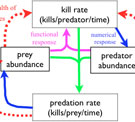
What would it mean to say, wolves are an important top-down, destabilizing force on moose population dynamics? And are they?How do Isle Royale wolves compare with wolves in Yellowstone and Banff National Parks?
>Listen to the presentation.
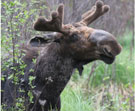
Life history theory aims to explain every aspect of an individual organism. Why are moose as large as they are and no larger? Why do males grow larger and die sooner than females? Learn about the answers to these questions and more.
>Listen to the presentation.

Senescence is the decline in body function as an organism ages. Why do organisms senescence? Does it serve any purpose? Arthritis is a particular manifestation of senescence. Why do moose get arthritis as they age? Also, learn how senescence can have an important impact on the population dynamics of moose and wolves.
>Listen to the presentation.
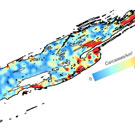
We have considered wolves and moose as individual organisms (their behavior and life history). We have also considered wolves and moose as populations of interacting predator and prey. Now, we’ll consider another important perspective, moose herbivory and wolf predation simply as the movement of energy and material from one part of the ecosystem to another.
>Listen to the presentation.